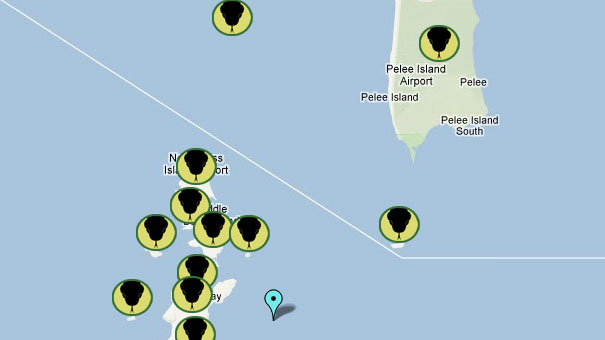View Lake Erie watersnake Habitat in a larger map
Article by George Viebranz of QUEST Ohio.
“Snakes! Why’d it have to be snakes?” – Indiana Jones
On August 16, 2011 the Lake Erie watersnake became only the 23rd species to ever be removed, or “de-listed,” from the U.S. Fish and Wildlife Service’s list of endangered and threatened wildlife. For the nearly 2,500 species on the list, the odds are stacked against recovery once a species starts a rapid decrease in numbers. So how did the Lake Erie watersnake, or LEWS, beat the odds? It took some scientists, a plan, and quite a bit of unexpected luck.
When the Lake Erie Islands were commercially developed for recreational water sports and vacation homes, the snakes’ shoreline habitat and much of its food source were drastically altered. Because the snakes have one of the smallest geographic ranges in the world – only found in about 100 square miles of Lake Erie in the U.S. and Canada – their survival was threatened. Their summer basking areas and winter hibernation places were disturbed, as was their food supply of bottom dwelling fishes. Add to that peoples’ general dislike of snakes, and a desire to remove them from the Lake Erie resort area, and you can see why these animals were in trouble. In the early 1990s the snakes’ population had been estimated at fewer than 2,000. They were first placed on the Federal Endangered and Threatened Species List in 1999.
